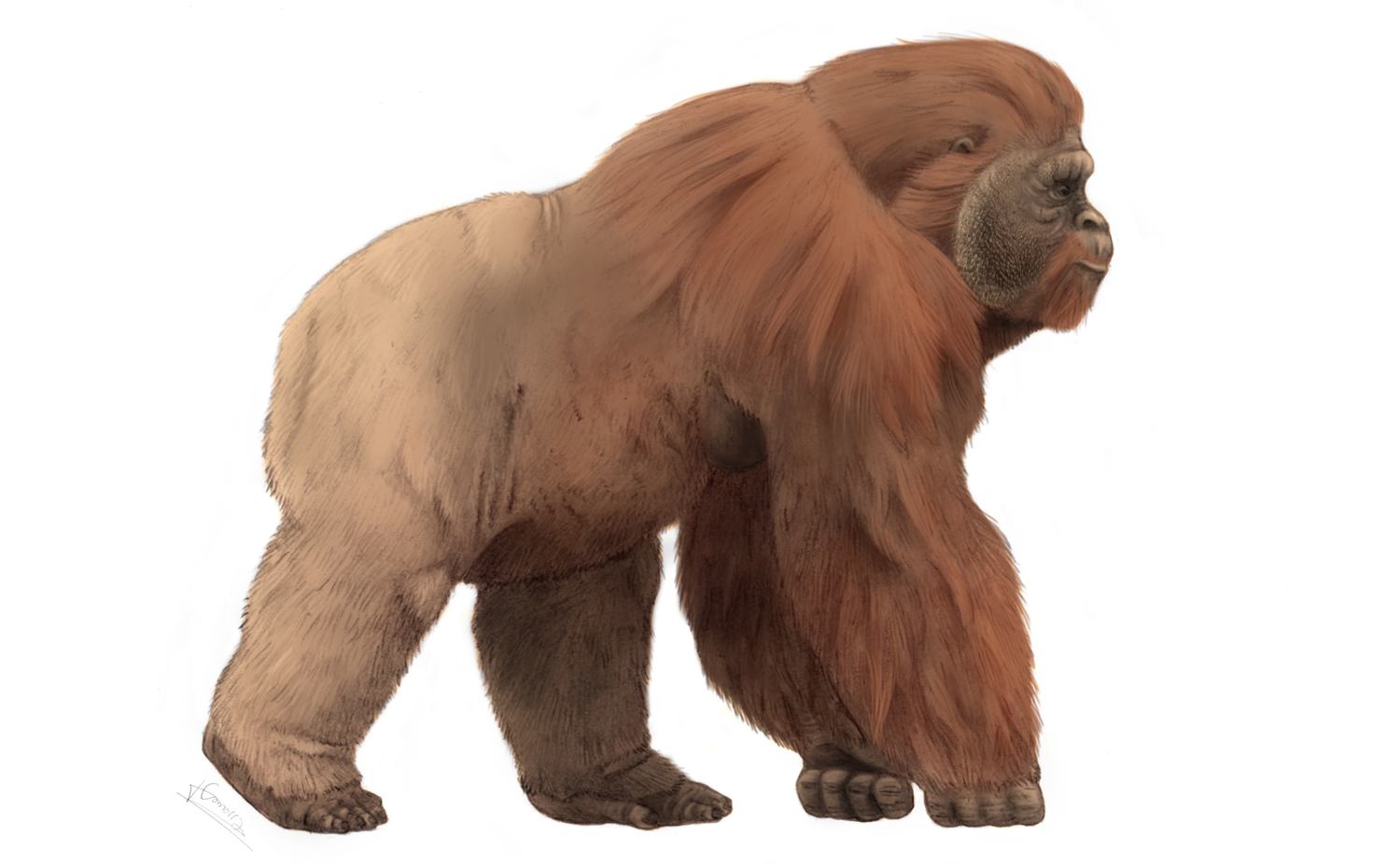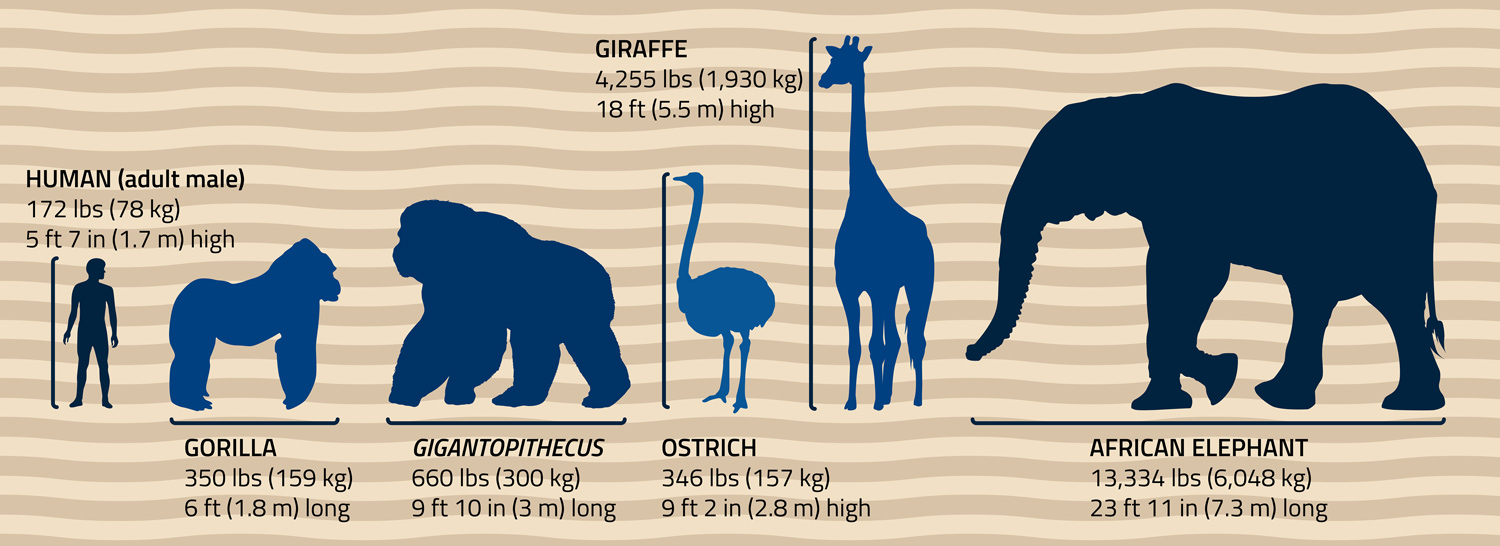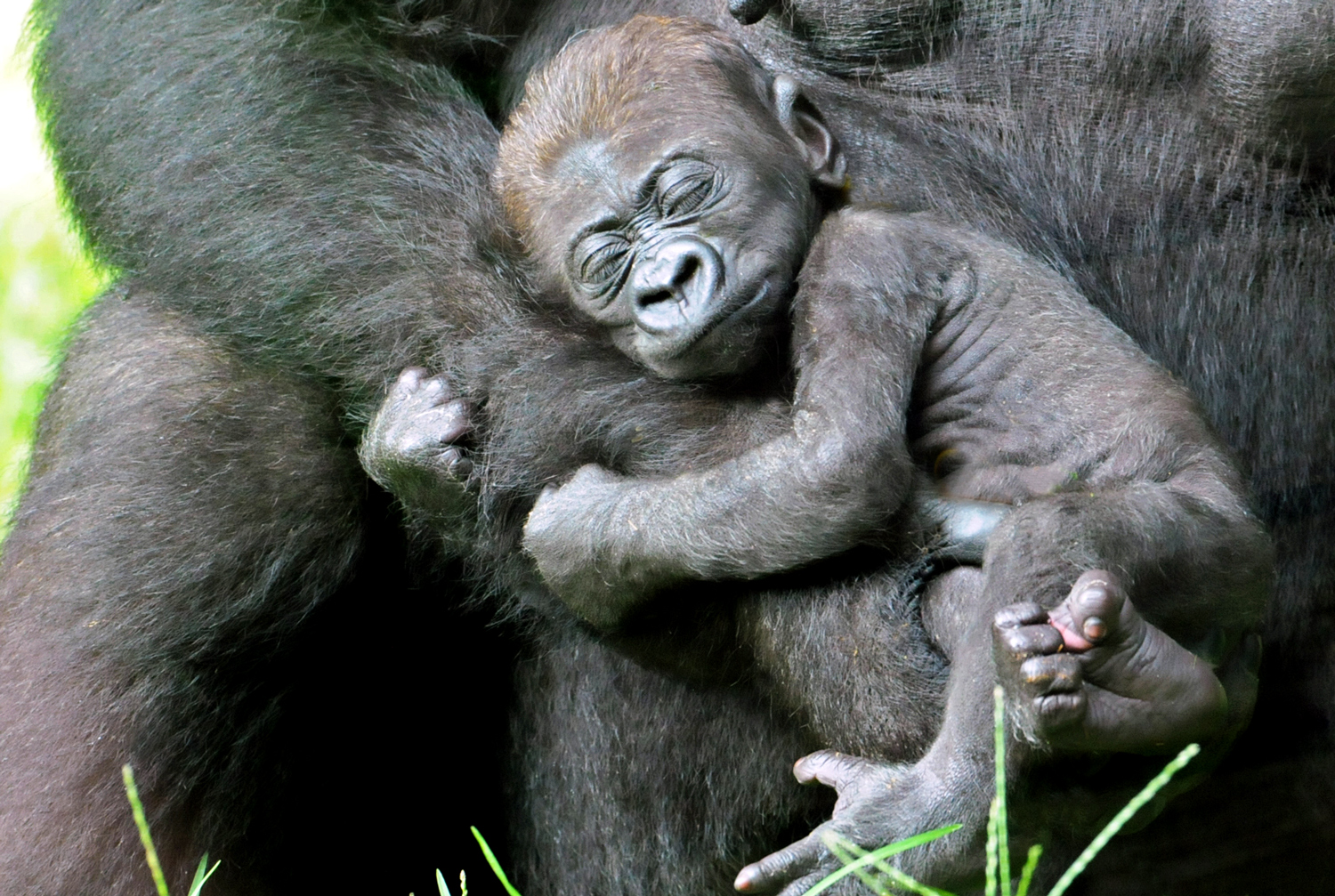Solving a Primate Puzzle

A primate nearly twice the size of a gorilla once lived in the forests of southern Asia. But a little over 200,000 years ago, it went extinct. A group of researchers say they think they know why.
Scientists first identified the primate, called Gigantopithecus blacki or G. blacki, about 100 years ago based on the existence of huge teeth that didn’t match the teeth of existing primates. But they didn’t know why G. blacki no longer existed. What caused it to die out?
To answer that question, researchers collected some fossilized teeth and used a technique called luminescence dating to determine their age. The oldest teeth were more than two million years old, while the most recent were about 250,000 years old. Scientists estimated that G. blacki went extinct between 215,000 and 295,000 years ago.
Next, it was time to look at what happened toward the end of the primate’s existence. Scientists know that the climate changed around 600,000 or 700,000 years ago. The lush forests where G. blacki lived began to thin out. The fruit trees where it found most of its food were not as plentiful. Unlike other apes, G. blacki was too large to climb the trees and get the fruit that grew higher up. So, what did it eat? Scientists looked at the most recent G. blacki teeth and found scratches on them, suggesting that the huge primates started to eat less nutritious bark and twigs. Researchers say this is why G. blacki became extinct. It just couldn’t survive the changing environment.





